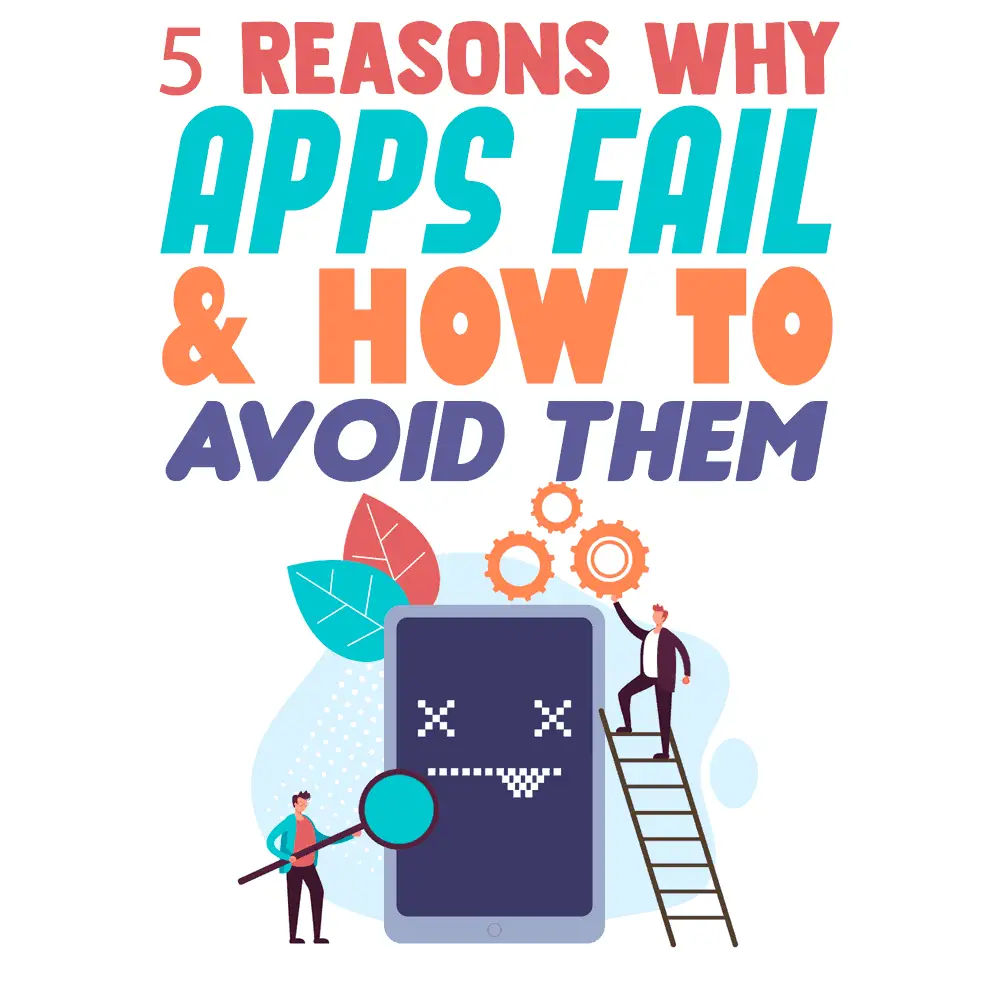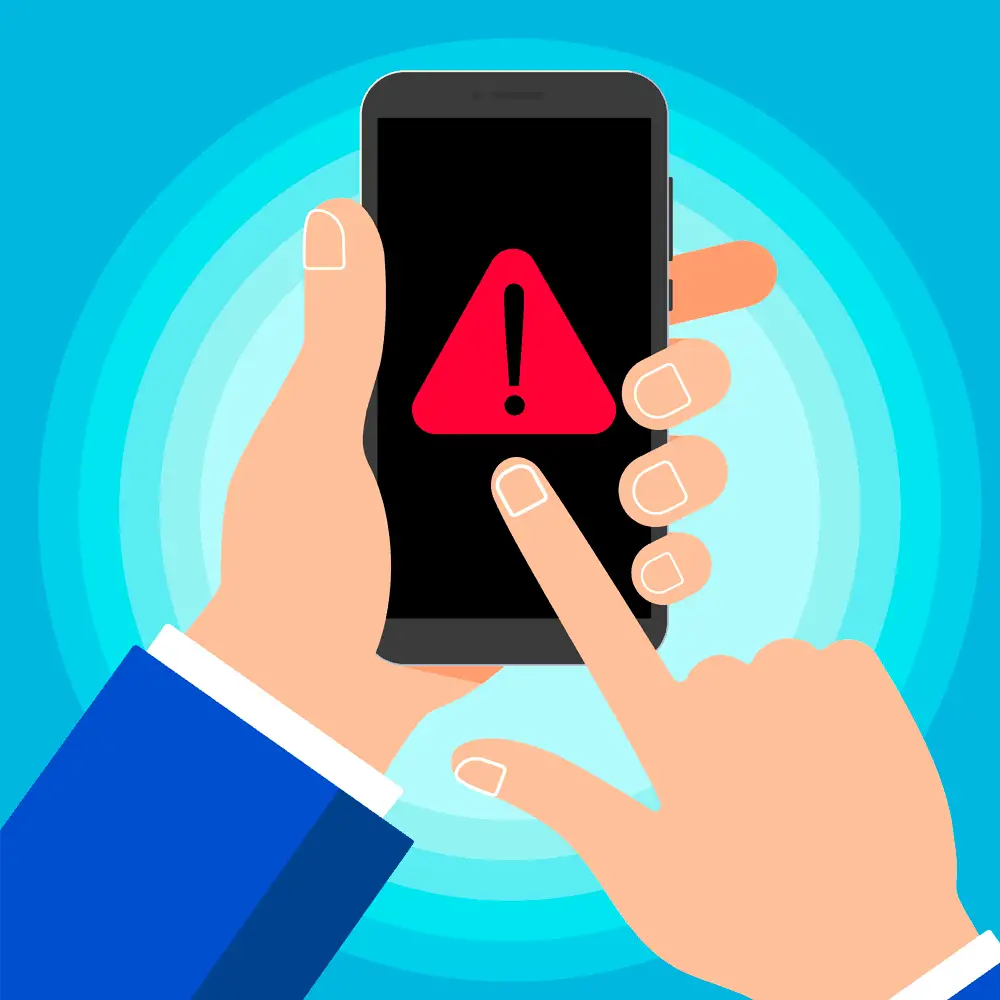
A total of 194 billion mobile apps were downloaded in 2018. 33% of the downloads consisted of gaming apps.
A user takes just a few seconds to consider downloading a particular app. This means you have only those few seconds to win your users over and gain app traction.
It is not as easy as it sounds to be successful in the app market. You need to be thorough with your pre-launch and post-launch activities if you want to maximize success with your mobile app.
Mobile app success depends on the goals you have set before launching an app to the market.
You need to define the metrics that will mark the success of the app for you. Here are four different metrics you should be aware of before launching an app into the market and how to measure them:
- General Metrics – Comprises of the overall traffic an app receives upon being downloaded, total mentions, amount of growth on social channels, and the subscriber growth rate of the app itself.
- User Acquisition Metrics – The daily and monthly active users on an application as well as the app’s retention and churn rate.
- User Action Metrics – Do your users result in active conversions on your mobile app? This measures the in-app engagement and click-through rates for the CTA, and the increase in the number of sessions.
- Business Metrics – How did the mobile app help further the business if that was the ultimate aim of having the app? First would be an increase in conversions. Secondly, the app would have helped you upsell the products as well as reduce the cost of acquisition of the products. In the case of e-commerce, a reduction in the abandonment rates would also constitute helping to make the app successful.
Understanding these metrics will help you be even more prepared for the launch of your app. Now that you know how to identify whether an app will be successful or not, let’s try and understand the top five reasons an app fails.
Reason #1 – Not Researching the Market
Many developers release their app without conducting proper market research. If you make this mistake, it will mean that:
- you don’t know the gaps that exist in the market.
- you don’t know how the competition is working toward redefining experiences.
- you are unable to identify the target audience or their expectations.
If you are able to identify a target audience, have you checked whether or not they need this application? In some cases, it is possible to choose the wrong audience for your application.
The answer to all this is through thorough and in-depth research of your particular market. A few things you need to do before beginning with app development include:
- defining the niche for which you are planning to develop the app. Validate the idea with the target audience.
- segmenting the audience to identify the group that is in dire need of your app.
- checking on the expectations of the customers in that group. What are the gaps that exist, and how best can you fill the gaps with your app idea?
- believing you have a unique idea and that it will resonate with the needs of the audience.
If you want to make sure the app does not fail, try developing a minimum viable product and releasing it to the target group before developing the actual app. This way, you can see if the app will resonate with your audience.
Reason #2 – Overlooking Platform Guidelines
If you are developing a native mobile app, then it is important you take into account the platform’s guidelines before designing or developing the app’s solution.
These platform-specific touches are very important if you want to exude an incredible experience to the end users. For instance, the hardware-based back button is an intrinsic part of Android app solutions, but it is not part of iOS solutions. So you need to cater to all of these aspects before getting the app into the market.
The first step should be identifying the platform you want to go with and then moving on to understanding the platform-specific guidelines you need to incorporate for a successful mobile app launch.
Check the elements that should be a part of the iOS and Android apps, and determine how best you can introduce them into your app.
Reason #3 – Using an Unoriginal Idea
Making a clone app has become a trend, which leads to the same app being floated across the app store. You will see so many similar apps that you’ll feel there is no originality!
If you have created say a WhatsApp-like app, with no differentiation, your app is bound to fail.
The idea is to bring something new to the table—or at least fill in the gaps that exist within the app you are cloning. If your apps don’t have a unique value proposition, you will not be able to achieve your app’s goals.
Start with a thorough competition analysis, and understand what the competition’s product lacks.
Then, identify the mission statement for the app. Basically, you need to identify the pain area that exists in the app that is available in the market and the solution you aim to offer.
Once that is clear, your app idea needs to be validated. Only then can you plan on launching the app. If you follow this path, you’ll have a good shot at attaining app success.
Reason #4 – Providing an Unimpressive User Experience

Many apps fail when they do not offer a good user experience. Apps are not just used on smartphones but also on tablets, icons, and other devices as well. Your app should offer a seamless experience across all channels.
The very basic requirement for a good user experience is usability. For example, if your app has a big learning curve, you might fail to offer a good user experience, as users are more likely to become frustrated trying to figure out how to use the app.
The best way to impress your audience with an experiential app is by keeping the loading times fast, having a quick registration process, and taking care of all the app performance issues before launching it into the market.
Reason #5 – Using Improper Testing Methods
Testing is crucial to the success of the app. If you have not adopted the right testing methods and/or have not tested the app for the functionality and features that are most prominent, you are at a higher risk of failure.
Ideally, you should test the app for its performance, functionality, usability, and loading. If the app fails during the test, you need to rectify the mistakes immediately and try again.
Launch Success
Mobile app development mistakes can cost you immensely, especially when you are launching a mobile app to help boost your business. It is important that you maintain your business’s reputation by building an app that takes into consideration the user’s requirements and the overall market needs.
A checklist could come in handy because you could refer to it before launching the application to the market so you can make sure you’ve taken every precaution you could possibly think of.
With your checklist in hand and this article to guide you away from common mistakes, you and your app will be on the way to success.
